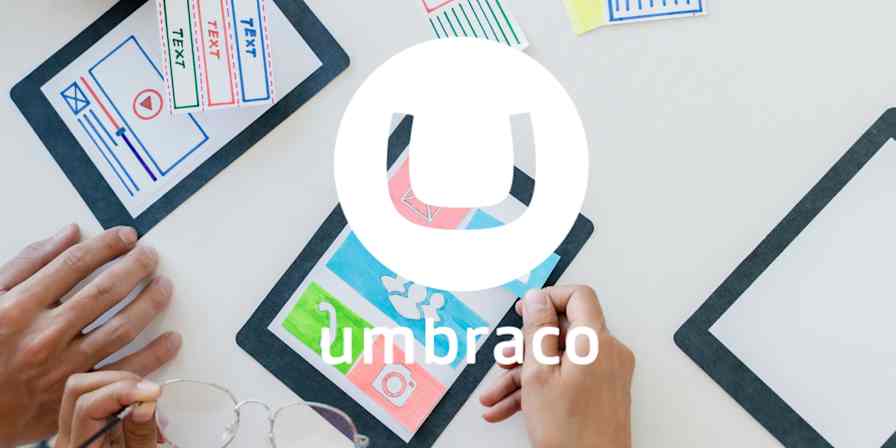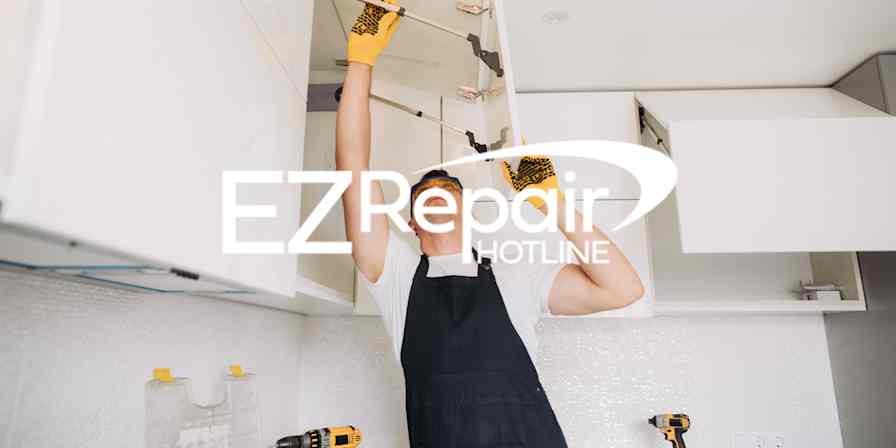Customer stories
4 min readHow Zapier helped this founder keep engineers focused on product development
By Nicholas Hinrichsen · November 24, 2020

Get productivity tips delivered straight to your inbox
We’ll email you 1-3 times per week—and never share your information.
mentioned apps
Related articles
Improve your productivity automatically. Use Zapier to get your apps working together.








